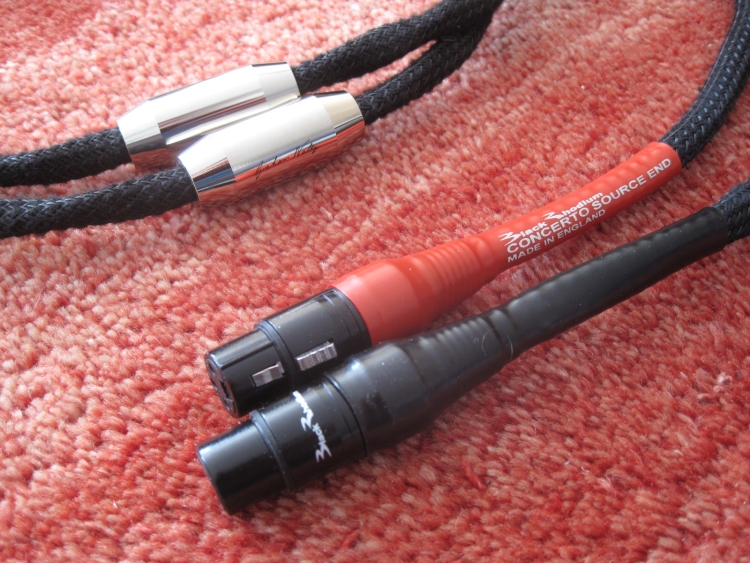
Lively cable with excellent speed and dynamics and natural timbre
Review sample kindly supplied by Black Rhodium
Retail prices in the UK:
1.0m pair terminated with GN-4 RCA plugs £525.00
1.0m pair terminated with rhodium plated XLR plugs £525.00
Longer and shorter lengths available
Black Rhodium are a British Cabling company formed by Graham Nalty who have been specialising in the design, manufacture and distribution Audio and Video cables since 2002. Their products are hand built at the Black Rhodium factory in Derby, UK.
What sets the brand apart according to their website is the use of materials of the highest quality, and the use of Silicone Rubber insulation both externally and internally. Black Rhodium also applies their own version of Deep Cryogenic Treatment to the products as well as their Crystal Sound process to smooth the outer surfaces of the wire as part of their DCT process.
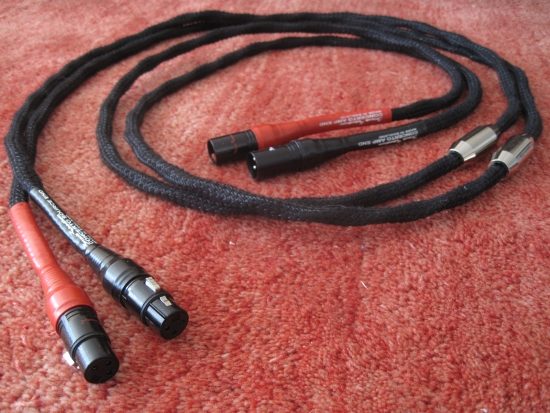
The connectors used for the Concerto XLR interlink are no standard Neutriks but rhodium plated Black Rhodium XLR connectors designed especially for use in their own cables. Various comparisons that I conducted have shown that the kind of plating used on connectors makes for an easily discernible difference to the sound. While the choice between gold, rhodium or other plating is a matter of personal preference it is a fact that rhodium is much tougher than gold, which tends to wear off with prolongued connect/disconnect use. Big part of the design brief for this cable was to minimise the influences of Mechanical Vibrations. To this end Black Rhodium have employed two separate materials to damp the vibrations within the cable, as well as a heavy weight on each lead called Vibration Stabilisers. One can question how much these design elements really attribute to the sound but that’s besides the point. For me what it comes down to is how the combined effort sounds, and I can tell you that it sounds great!
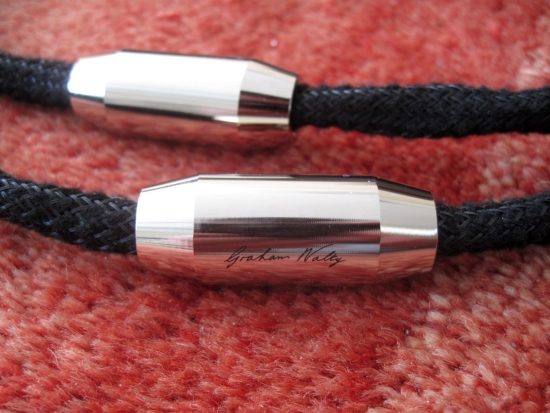
After receipt, the Concerto interlink was connected and run in using continuous music for almost a week. Then it was tested in different situations using a variation of audio components such as a Wadia 521 DAC, a Mark Levinson 390S CD player and Jeff Rowland Corus and model 6 pre- and power amplifiers. Speakers used are restored Apogee Diva.
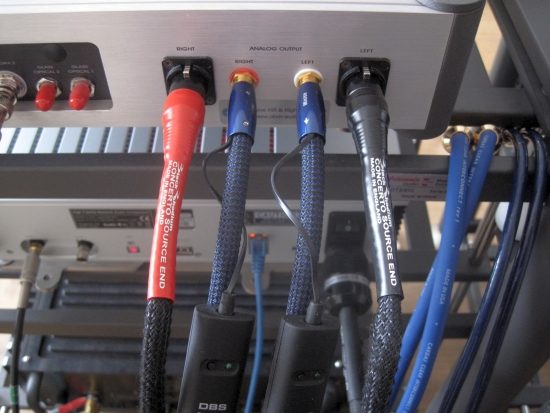
Concerto XLR interlink and AudioQuest Water cinch interlink connected to the Wadia 521 DAC. Note that for the listening tests I always disconnect the cable not listened to.
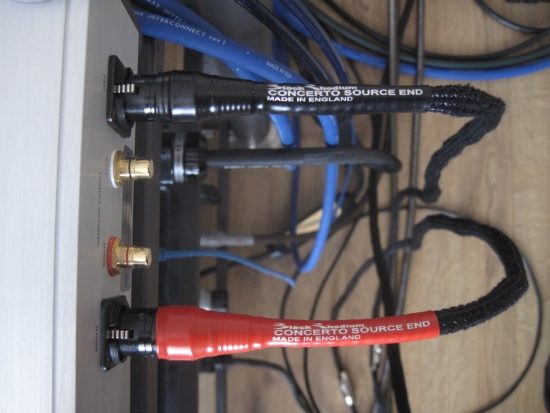
Finished to a high standard and very solidly made the Concerto XLR needs a minimum of 14cm (5,5 inch) of space behind the component.
Concerto on the source side
Substituting a Cardas Clear XLR on the Wadia 521, the Concerto impresses with a beefy and solid sound and a lively, upbeat character. While it does not have the same level of refinement as the much dearer cable, the Concerto does give the impression of being very detailed by sounding quite articulate and outspoken. It has a full, sonorous sound with a vivid midrange and a very convincing timbre, quite the antithesis of some thin and gray sounding cables out there. The Concerto is also quick and dynamic and not at all woolly or otherwise soft. It sounds colourful but absolutely not in the way that detracts from neutrality and its full sound does not come at the expense of speed, transient attack or overall dynamics.
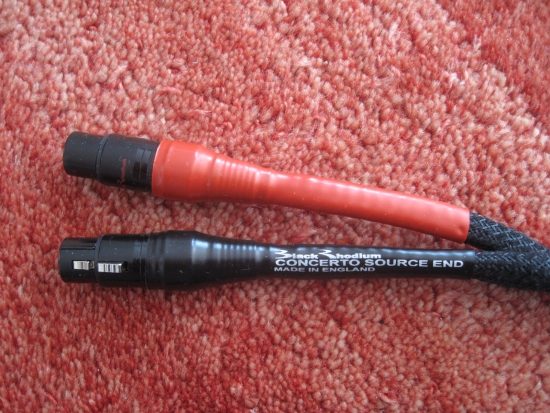
Perspective
Compared to the AudioQuest Water cinch interlinks also connected to the Wadia 521, the overall tonality is quite similar, but the Concerto sounds more articulate and more immediate and has more open treble.
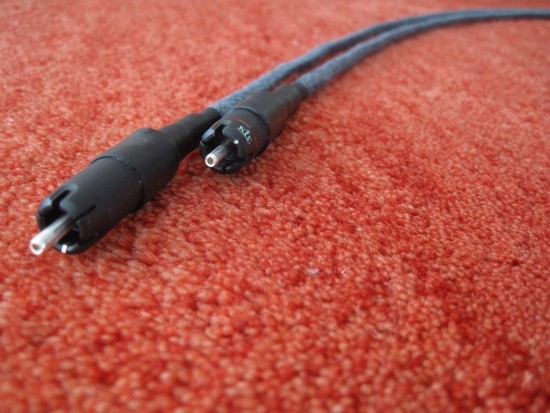
The Mad Scientist Heretical is an unusual cable with carbon conductors. These two cables’ characters really could not be more different: one is solid and earthy and the other is airy and ethereal. Can you guess which is which? The Mad Scientist cable performs extremely well in terms of resolution and refinement indeed, but can’t deliver the Concerto’s beefy-solid, powerful and “live” sound. Which is the better delivery? Between these two cables it really comes down to personal taste and system matching.
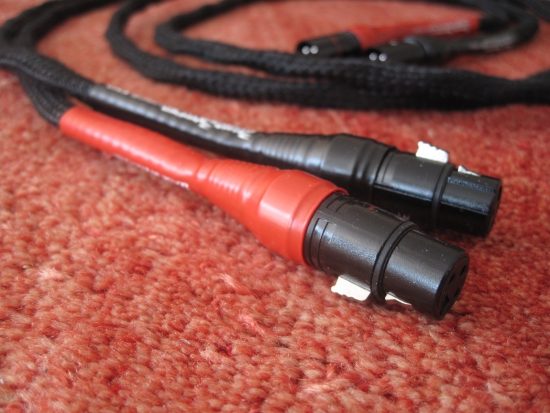
I realise that I should really have more contemporary interlinks in my arsenal for the most meaningful comparisons. Several of my personal references are long gone from the shops and they may not provide any background for those who have not heard them. But For what it’s worth a Siltech Paris cinch interlink was also connected for a brief comparison. This cable has a very neutral character and is perhaps more even-handed than the Concerto, but also flatter in its presentation, less open and dynamically impressive than the Concerto.
Concerto between pre- and power amps
In my system interlinks tend to behave differently depending on where they are connected. The (Wadia) sources are always most critical while the pre-poweramp connection is more forgiving. This might be so because the Rowlands utilise output- and input transformers but could also be down to something else.
Compared to a Cardas Hexlink Golden 5C (an ancient reference) between the pre- and power amps, the Concerto positively shines. While it does not have the Cardas’ super natural tonality in the midrange, the Concerto has similar resolution and does sound more lively and rhythmically more sure-footed and therefore more engaging.
Substituting the old Hexlink for the current Clear interlink, the sound becomes more refined, with better low level resolution and frequency extension, but also loses a bit of immediacy, and comes across as slightly filtered in comparison. Switching to the Concerto makes for a surprisingly good match and confirms its more solid and lively character while the overall resolution does not seem to diminish much.
Compared to the Transparent Reference XL interlinks between pre- and power amps, the Concerto manages to provide a more impressively solid midbass, a more “live” character and a more acoustically convincing timbre. It does not however sound as creamy-smooth or as airy and silky in the treble, nor is its soundstaging as wide. This is to be expected though with the xx times more expensive Transparent cable. Also not everyone needs or wants the Transparent’s ultra-creamy delivery.
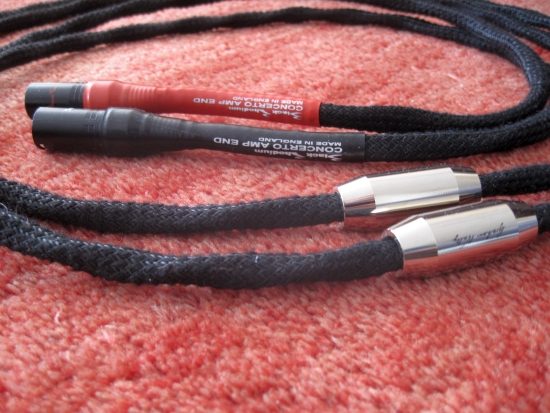
Overall
Througout these comparisons, the Concerto always sounded well-focused and stable, with excellent pin-point imaging and good soundstage layering. Its sound is solid and powerful without being shrill or harsh. I can imagine that the cable’s honesty might lay bare any harshness that exists elsewhere in the system, but this was certainly not the case for me.
Imaging extends outside of the speakers, but not excessively so. The Concerto does not paint a large picture regardless, but definitely does so when it is on the recording. This is commensurate with other cables that sound well-focused. Typically very big sounding cables on the other hand usually achieve this effect at the cost of losing some focus and energy. I used to prefer extra-wide-imaging cables even if that meant a less focused sound but these days prefer a more accurate rendition, such as the Concerto’s.
My musical taste spans from electronic via R&B to smooth Jazz and while manufacturers would like us to believe that their products are always universally applicable, experience shows that there are ideal and less ideal matches to be made, depending on the rest of the equipment and musical taste.
Especially with electronic music I consistently found the Black Rhodium Concerto to sound more expressive and more immediate than any of my other cables. Perhaps it is due to the amount of compression used during the recording process, or the absence of subtle clues from real acoustical instruments, but with this kind of music the Concerto always sounded more impressive and more engaging than my other cables, and I could not find a single area to fault.
With acoustical music you can hear that more refinement is possible, in terms of increased resolution, extended frequency range (in both directions) and timbral differentiation. But I need to stress that this is not obvious from listening to the Concerto. On itself the cable actually gives the impression of being very detailed. You cannot poke holes in its presentation until you start comparing with much more expensive cables, such as the Cardas Clear, that this can be heard. And even then, I hesitate to declare the Cardas as being better on all acounts, because the Concerto does sound rhythmically more sure-footed, and although less even, also more direct and less filtered.
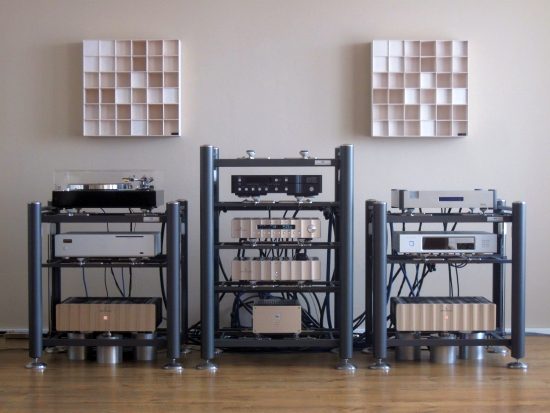
Conclusion
There really is something fundamentally very right about these cables. While many current cables sound hyped in one direction or another, for example being lightning fast yet thin, or richly smooth yet dynamically restrained, the Black Rhodium Concerto sounds neutral and accurate while retaining a full tonality to deliver a cohesive, engaging and instantly convincing sound.
Update 07-05-2017
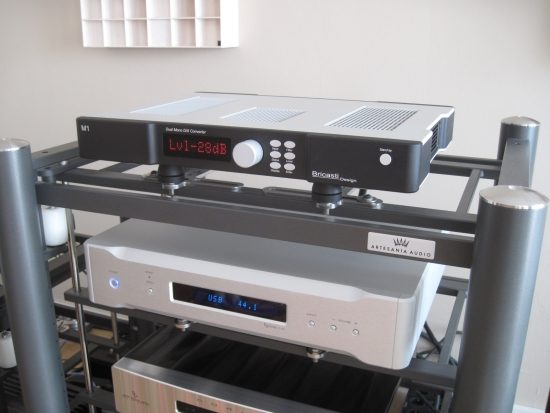
Having listened to the Concerto cable using two other DACs (Bricasti M1 and Esoteric D-07) I can confirm that the cables remain uniform in their character, consistently providing a lively, open and dynamic sound, without any hardness. This shows that these cables are universally applicable and likely provide even results across a wide range of components.
External Links
Manufacturer: Blackrhodium
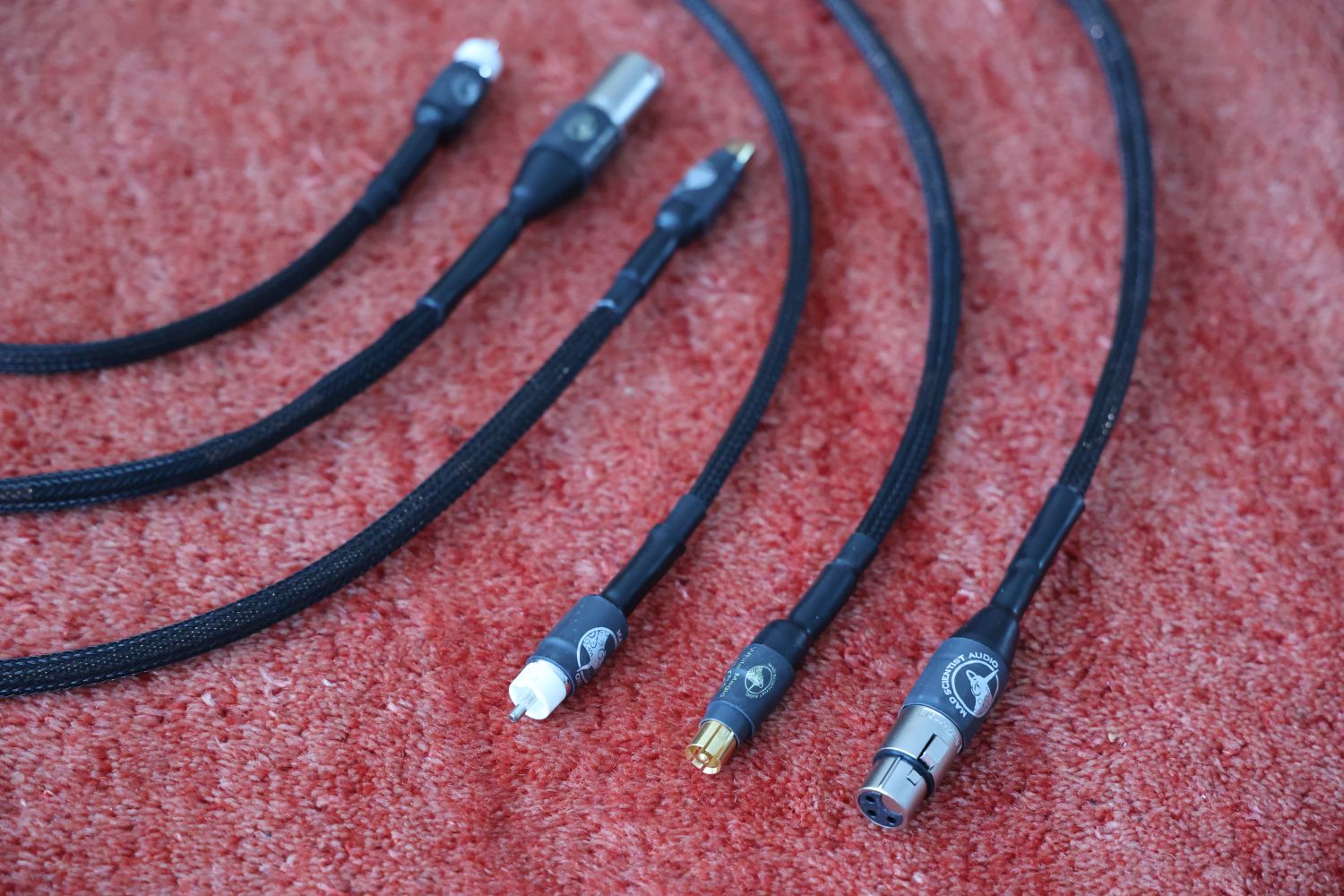
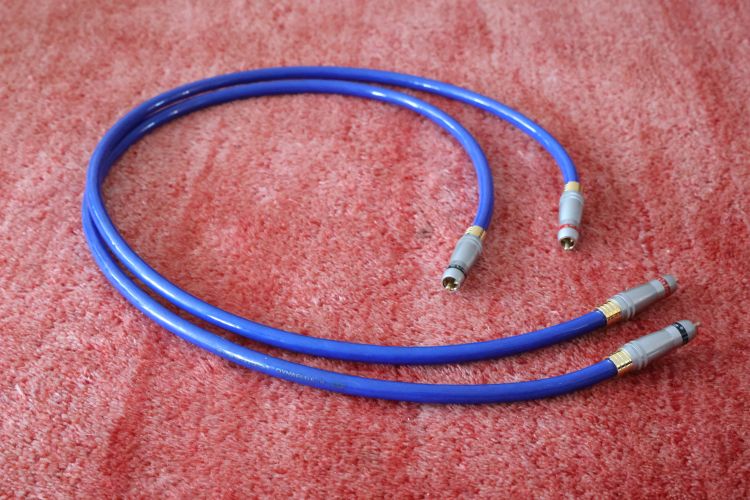

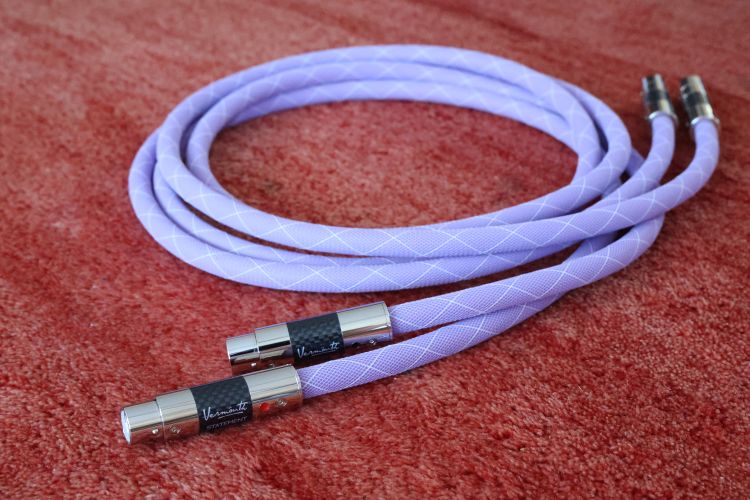
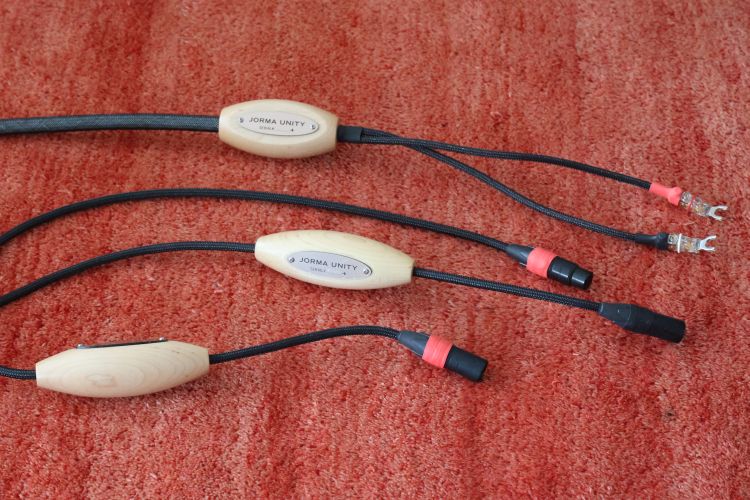
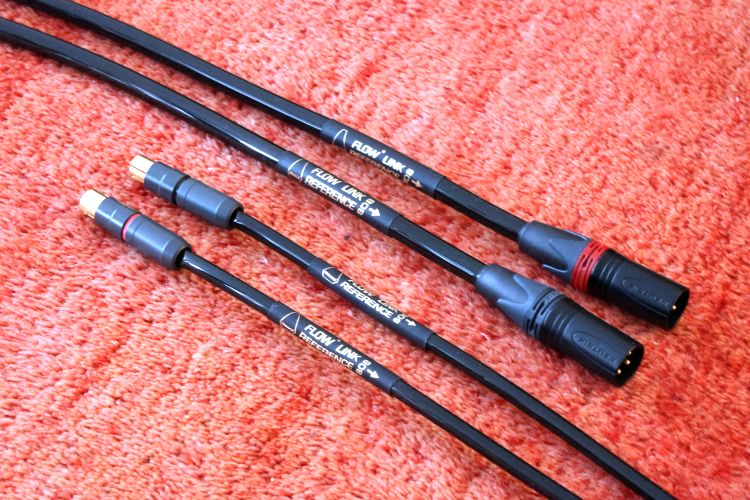
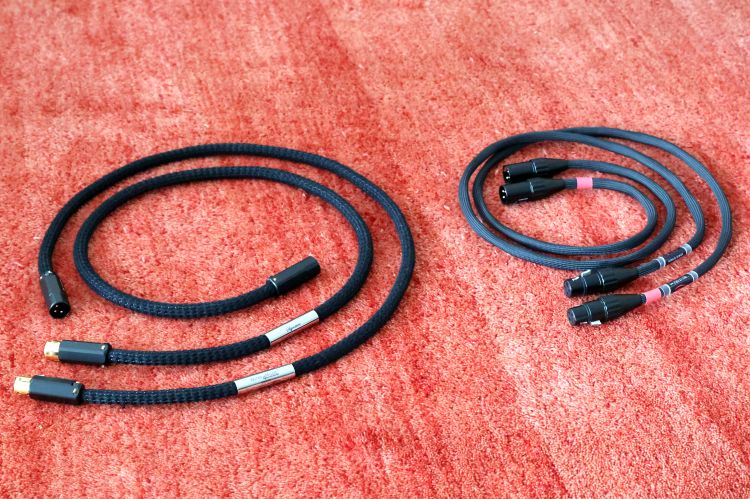
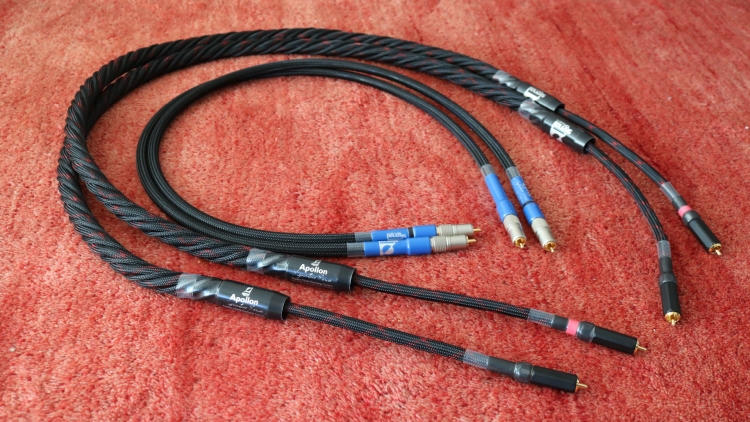
Christiaan, I came across this thread in one of the Audiogon forums:
https://forum.audiogon.com/discussions/doug-schroeder-method-double-ic
Doug Schroeder is an audiophile review; here’s an article exploring the method:
https://www.dagogo.com/audio-blast-schroeder-method-interconnect-placement/
I’d be interested in your thoughts when convenient.
Cheers,
Gary
While I have not tried this precisely as Doug describes it, I do have other experiences that tie in with this. When comparing cables I always patch them in place, one replacing the other. I do this because I found that for source components that allow multiple connections and connecting two different interlinks to two inputs on a preamp and switching between them, the differences between the cables are very much reduced, to the point where sometimes I could not tell the difference. This may be caused by the cables’ mass being tied together, reducing certain electrical effects, or other factors may be into play.
The most important thing I feel is to use identical cables when doing this. I did similar experiments with speaker cables in an effort to combine one cable’s strengths with the other’s but ended up with a diluted, less pronounced and slower sound. It seemed as if the two cables’ weaker areas were shining through more than their strong areas. Something else that I can add to the mix is what I found when comparing Kimber 4TC and 8TC. The latter is simply a doubled-up version of the former and should be better on all accounts, right? Well, not in my experience. I found the 4TC to sound faster, more upbeat and more airy than the 8TC which I found not to be better in any area except for timbral fulness. Its bass was not anymore powerful than that of the 4TC but fuller, while less articulate. Admittedly this also ties in with the amp and its output impedance. In this case I used a Sony TA-N80ES, which, while having a very healthy power rating, was found not to be very powerful in terms of current.
All this I guess is my way of saying that things are very much situation dependent and, ultimately, relative. My advice, as always, is just to experiment and find out for yourself.